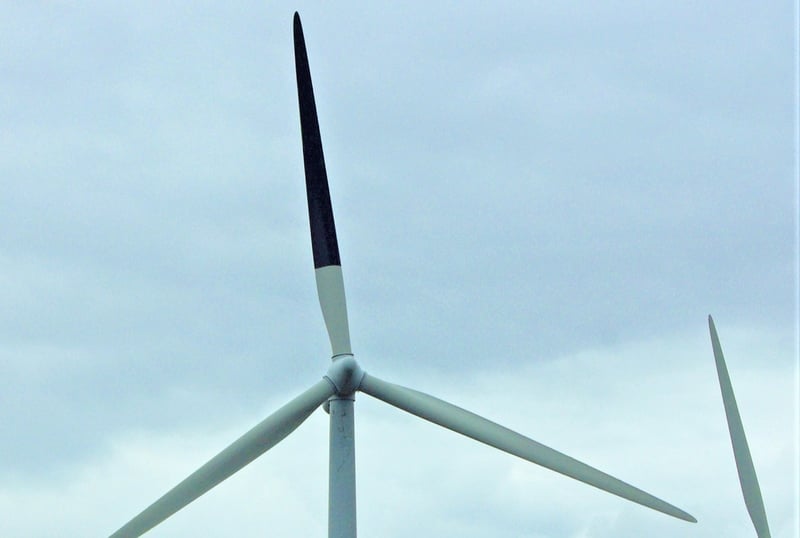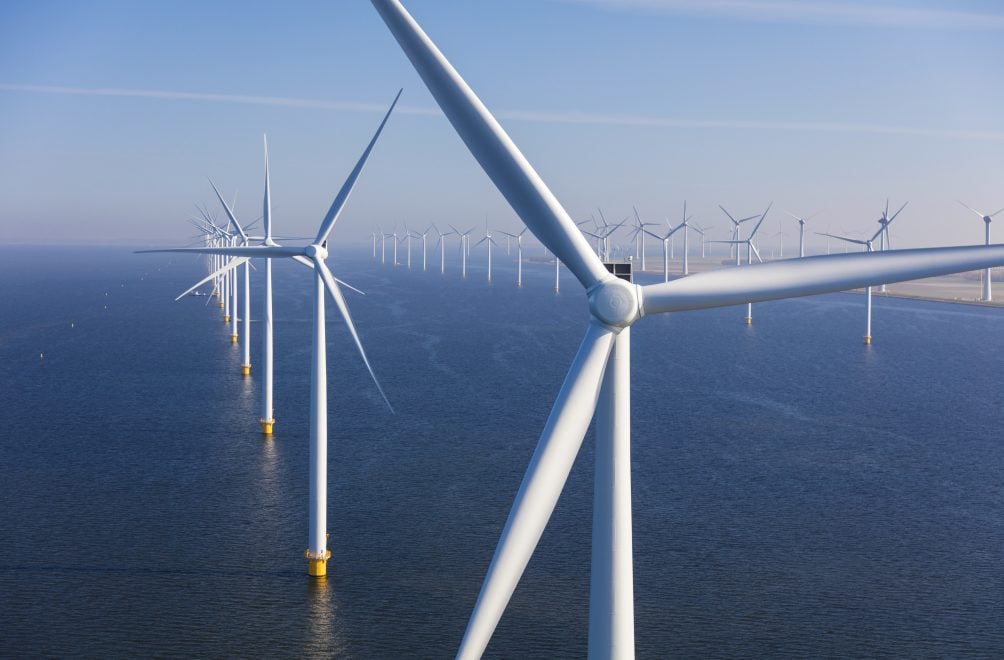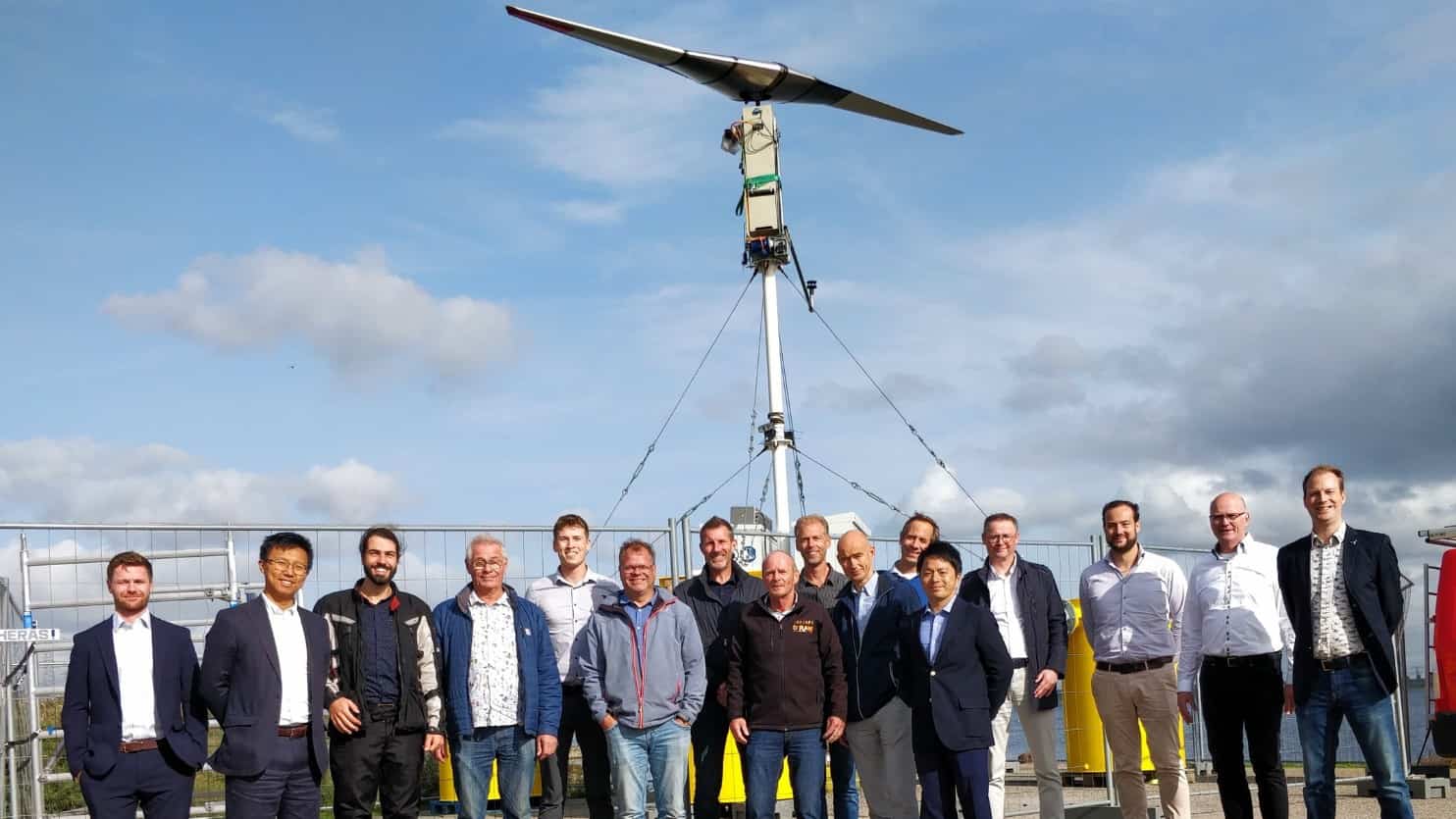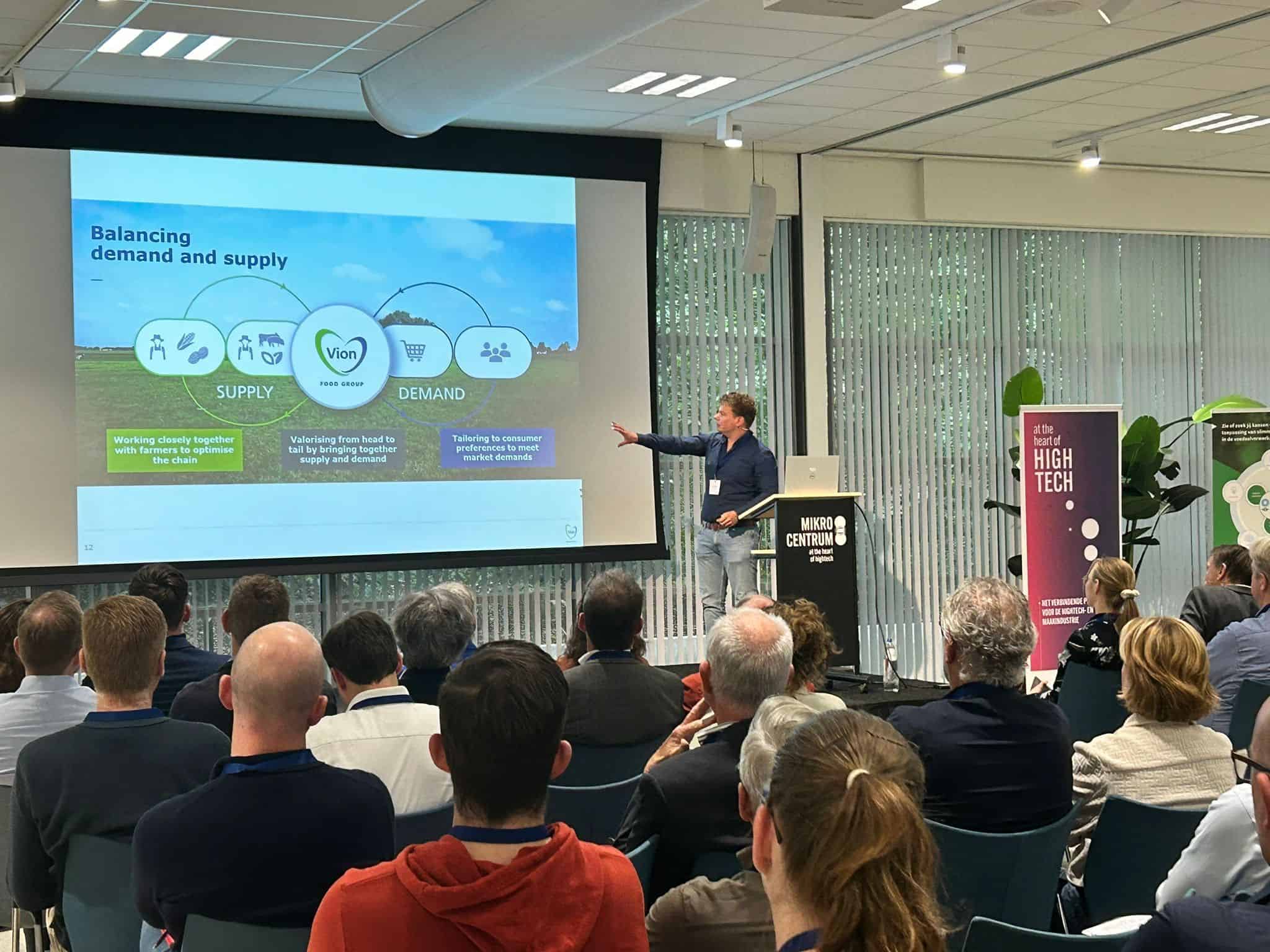
By placing sensors, cameras, and a radar system in and around wind turbines, TNO wants to add more insights to the ongoing research into the effectiveness of one black blade. With this, TNO is studying the conditions under which birds fly into a wind turbine and whether painting one of the three blades of a turbine black affects bird behavior.
The idea is that painting one of the three turbine blades of a wind turbine black could improve the blades’ visibility to birds, making them more likely to avoid them. The study with the additional sensors will run for a little more than a year to monitor different seasons and follows on from the first year, which has already looked at the possible effects of a black turbine blade in other ways.
Sensors in blades
For about a year, sensors and (thermal) cameras will be installed in two turbines at Eemshaven, one equipped with a black blade and one not, using TNO’s so-called WT-Bird® system. The sensors are inside each blade and use vibrations to record each collision. The cameras serve for verification and species recognition. The images also map the behavior of the birds near the turbine. With the systems used, TNO wants to gain more insight into when the bird comes into contact with a blade. The researchers also expect a more accurate picture of the number of collisions because the area around the turbines is not universally accessible for manual searches.
In addition, microphones will be placed on the unpainted turbine to detect birds acoustically. A special 3D bird radar will be installed to map flight behavior near the turbines. All results will be compared with measurements from the Zwarte Wiek study, which has been running since the end of 2021 and whose interim results will be published in spring 2024.
Importance for offshore wind turbines
Since late 2021, the province of Groningen and energy company RWE have been researching whether painting one wind turbine blade helps birds fly safely between wind turbines. Previous research on the Norwegian island of Smøla showed that painting one blade of a wind turbine black results in 70 percent fewer bird casualties among certain species of birds. It is being investigated whether this also applies to the situation in the Netherlands, with different bird species and landscapes. Meanwhile, one blade of seven of RWE’s existing turbines in Eemshaven Wind Farm, with a tip height of 140 meters, has been painted black. In this study, a hand count is made of how many birds may have flown into a turbine. This provides limited insight into when and how this happened. There is also no insight into any differences in bird behavior around a turbine with a black blade and a turbine without such a black blade.
TNO’s new research aims to gather data on this and to understand the black blade’s effectiveness better. The results are also crucial for future offshore wind farms where manual measurement/counting is impossible.








